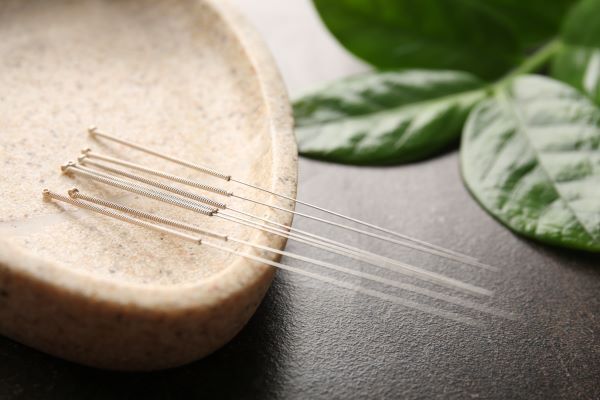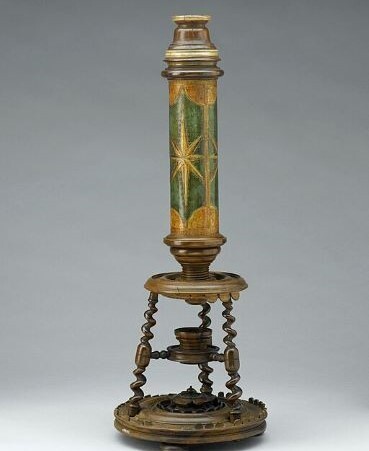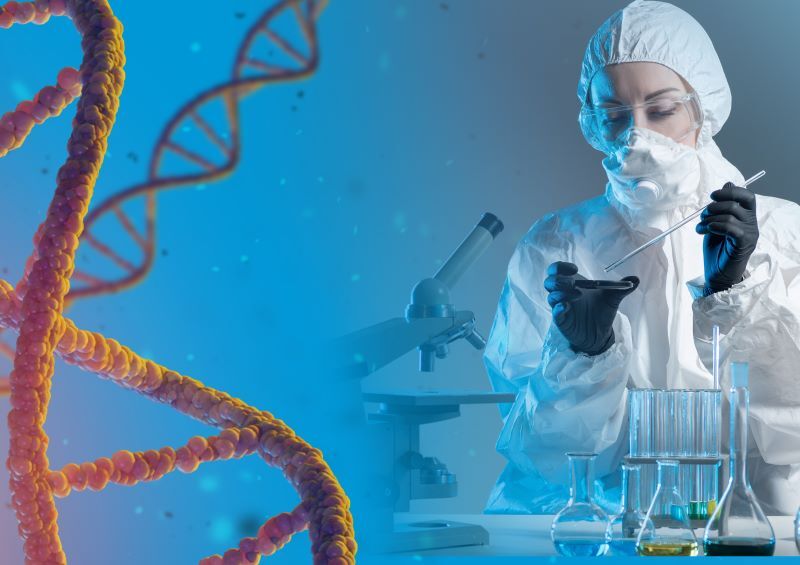In honor of World Health Day, let’s celebrate by taking a deep dive into medicine in history. While we might be familiar with some common medical techniques and medicines found today, the history of medical practice spans centuries.
So, let’s wind back the clock and go all the way back to the ancient healing methods of the world. From there, we’ll follow the natural timeline of history and learn about the improvements and advances that led to modern medicine.
Ancient Medicine
Based on artifacts and human remains, experts are able to make educated guesses on what medical practice was like before 3,000 BC.
What Health Challenges Did People Face?
Diseases and illnesses were still prevalent in ancient times. Many of these diseases had to do with bones. Here is a quick list of some diseases known during this period:
- Osteoarthritis: Primarily affecting the joints, osteoarthritis is a disease in which cartilage wears down over time. This disease is thought to have been common in prehistoric times, thanks to the constant lifting of heavy objects by those who lived in this age.
- Rickets: This disease occurs in children. Rickets weakens the bones as a result of a lack of vitamin D.
- Microfractures: Some bones from this time have been found with microfractures to the spine, again from dragging and lifting rocks and other heavy objects. Spondylolysis is another way to describe fractures or weakness in the spine. Some people still suffer from spondylosis in modern times.
- Infections: Simple cuts, bruises, and fractures can easily become infected if not cared for properly. Before antibiotics and other medicines were invented or discovered, people had more limited means for fighting infection, which meant wounds sometimes worsened and festered.

What Medicine Was Used?
Illnesses and injuries were likely treated primarily with plants and herbs. People relied on what the earth could give. Based on some ancient evidence, people are thought to have used the following to treat the body:
- Herbal medicine, such as yarrow, mallow, and willow bark, was used to help with bleeding, wound cleaning, and pain.
- Earth and clay were used to treat wounds and help with after-surgery care.
- Some surgeries were performed in ancient times! Evidence suggests that people would sometimes perform a procedure called trepanation. This procedure involved drilling holes into the skull, possibly in hopes of relieving headaches or epilepsy.
Medicine in Biblical Times
From 3000 BC to AD 500, medicine was practiced in various ways in different parts of the world. Let’s take a look at some of the best known civilizations of this era.
Ancient Egypt
Some of the earliest medical texts come from Egyptians. Several sets of papyrus describe their medical practices. One in particular, called the Ebers papyrus, includes over 700 prescriptions. These prescriptions were a mix of natural and magical remedies. Ancient Egyptians believed that medicine and magic fit together.
Other texts reveal a knowledge of tumors and women’s fertility issues. Ancient Egyptians also made discoveries concerning human anatomy, experimental surgery, and medicinal uses for plants.
The first known physician was Imhotep, an Egyptian chancellor to King Djoser around 2600 BC. Interestingly enough, texts referencing Imhotep’s work as a physician weren’t written until about 2,000 years after his death. Tales of Imhotep’s healing abilities grew until both Egyptians and Greeks equated him with their gods of medicine, thus giving him a deity status for them. Imhotep was also known for designing one of the earliest pyramids.
Ancient India
Ancient India developed a medical system called Ayurveda, which is still used today. In Sanskrit, this word essentially means “the science of life.” The Ayurveda system suggested that the body was made up of three forces: spirit, phlegm, and bile. Treatments included herbal remedies, massages, meditation, and dietary modification.
Similarly to the Egyptians, the Indians believed that magic and religion had an effect on medicine and the body. However, unlike the Egyptians, they had a more limited knowledge of human anatomy. Many Ancient Indians practiced Hinduism and believed that deceased bodies should not be cut by a knife. Autopsies were considered offensive, and bodies were often cremated.
Ancient China

In the Shang Dynasty, the ancient Chinese believed that sickness came from supernatural origins, such as a demon entering the body or a person being cursed by an offended ancestor. Germ theory didn’t come about until the 1800s, and people in ancient times came up with their own theories about invisible diseases.
Common practices in ancient China included acupuncture and herbal remedies. These medical techniques were done to harmonize the body and bring back the equilibrium of yin and yang.
Ancient Greece
If you had an illness, ancient Greeks often believed you were cursed by the gods. If you were healed, it was a gift from the gods. However, religion didn’t have the same influence on ancient Greeks as it did in other parts of the world.
Ancient Greek medical practices encouraged observation and practical experience, bringing people closer to the knowledge and medical practices we know today. Hippocrates came up with the idea that illnesses come from natural causes. The Greeks used herbal remedies and performed surgeries.
Ancient Rome
Before being influenced by Greek medicine, ancient Roman medicine focused more on religion and magic.
The Romans improved hygiene methods and surgical tools. They even began to set up hospitals. Galen was especially influential as he provided a lot of study on human anatomy and surgery.
Post-Classical Medicine
At the end of the ancient period, medicine was advancing around the world. For a time, though, religion and superstitions were prized above science in the practice of medicine.

Humans still had a long way to go before medicine became what it is in modern times. Here are some medical breakthroughs that happened in the Middle Ages, the Renaissance, and the 18th century.
- 1025: The Islamic scholar Avicenna wrote a medical encyclopedia.
- 1543: Andreas Vesalius learned more about anatomy through dissections.
- 1590: Dutch spectacle makers Hans and Zacharias Janssen created the first compound microscope. The ability to enlarge objects with a microscope helped doctors to learn more about microorganisms that live in the human body.
- 1628: William Harvey discovered blood circulation.
- 1676: Antonie van Leeuwenhoek discovered bacteria.
- 1796: When Edward Jenner developed the smallpox vaccine in 1796, disease intervention and immunology greatly expanded.
Modern Medicine
The 19th century saw a massive increase in medical discoveries. Doctors had improved and streamlined the processes for autopsies and dissections, so people knew more about how the human body actually worked. Inventions such as anesthesia allowed doctors to perform internal surgeries safely. These inventions led to more research on how to fix internal problems in the body.
18th and 19th Century Breakthroughs
- Anesthesia: In 1846, William T. G. Morton was the first person to successfully anesthetize a patient in order to perform surgery. The proper use of ether and chloroform allowed for painless surgeries.

https://commons.wikimedia.org/wiki/File:Baron_Lister_(seated)_with_his_staff,_Victoria_ward,_King%27s_Wellcome_V0027907.jpg
- Germ Theory: It’s hard to pinpoint a problem if you can’t really see it, right? Before scientists and doctors knew about germs, they believed that diseases came out of thin air. Louis Pasteur led an experiment in 1861 that proved that an infectious disease was caused by microscopic organisms. Once scientists and doctors knew about germs, they could make improvements in hygiene and antiseptics.
- Antiseptics: Antiseptics came about in the 1860s with Joseph Lister. His sterilization techniques helped reduce infection.
- X-rays: Wilhelm Roentgen discovered X-rays in the 1890s when experimenting with cathode rays, thus revolutionizing diagnostics forever.
20th Century Breakthroughs
- Blood Transfusions: Different blood types became known in the early 20th century. Ludwig Hektoen was the first to suggest matching the blood types of donors and patients to make blood transfusions safer for patients.
- Insulin: In 1921, Frederick Banting and Charles Best developed insulin, which could treat diabetes. This was the first successful diabetes treatment.
- Antibiotics: Antibiotics have made a huge impact in the medical world, all thanks to Alexander Fleming and his petri dish of mold and bacteria.
- DNA Structure: This discovery is regarded as one of the most famous scientific discoveries of all time. In 1953, Rosalind Franklin, James Watson, and Francis Crick discovered and developed a 3D model of DNA structure by using X-ray diffraction.
- Organ Transplants: Organ transplants haven’t been around as long as you might think. In fact, it was only in 1954 that Drs. Joseph Murry and David Hume successfully transplanted a kidney. Over the next decade, lung, pancreas, liver, and heart transplants occurred. Transplant procedures have continued to improve and expand since the first success.
- CT Scans and MRIs: X-rays were obviously helpful, but CT scans and MRIs in the 1970s had more advanced imaging, revolutionizing diagnostics even further.
21st Century Breakthroughs

- Robotic Surgery: Since the 1960s, doctors have been trying to come up with ways to use robots to perform surgeries. The da Vinci Surgical System was the first FDA-approved robotic surgery system in 2000. It assisted surgeons in minimally invasive procedures.
- Human Genome Project: In 2003, a landmark scientific research project mapped human DNA. This effort led to genetic medicine and more personalized treatments.
- CRISPR Gene Editing: The technology for gene editing was developed in 2012. Gene editing allows for genetic diseases to be modified or cured.
- Artificial Intelligence: AI now helps diagnose diseases, predict outbreaks, and design drugs faster.
Of course, we’re only a quarter of the way through the 21st century. So much remains to be developed and discovered!
Medicine Within Your Family
With all these professional medical discoveries and advancements, families often pass health traditions down through generations. Your great-grandparents, grandparents, and even parents probably have some interesting stories about how the medical world has changed!
If you’re interested in writing down your family’s experiences with medicine in history, here are some questions you could ask:
- Did your parents or grandparents have any home remedies they used when you were sick to help you feel better?
- Did your parents or grandparents experience childhood illnesses that you haven’t had (such as chicken pox, polio, influenza, whooping cough, and so on)? What was that like?
- How is medicine and healthcare different now from when your parents or grandparents were younger?
If you have family members in healthcare professions, ask them how they have seen medicine change over time since they initially received their education. You might be surprised by how much medicine has advanced today.
Don't forget to record your family's stories on FamilySearch Memories!
Related Articles
At FamilySearch, we care about connecting you with your family, and we provide fun discovery experiences and family history services for free. Why? Because we cherish families and believe that connecting generations can improve our lives now and forever. We are a nonprofit organization sponsored by The Church of Jesus Christ of Latter-day Saints. To learn more about our beliefs, click here.




